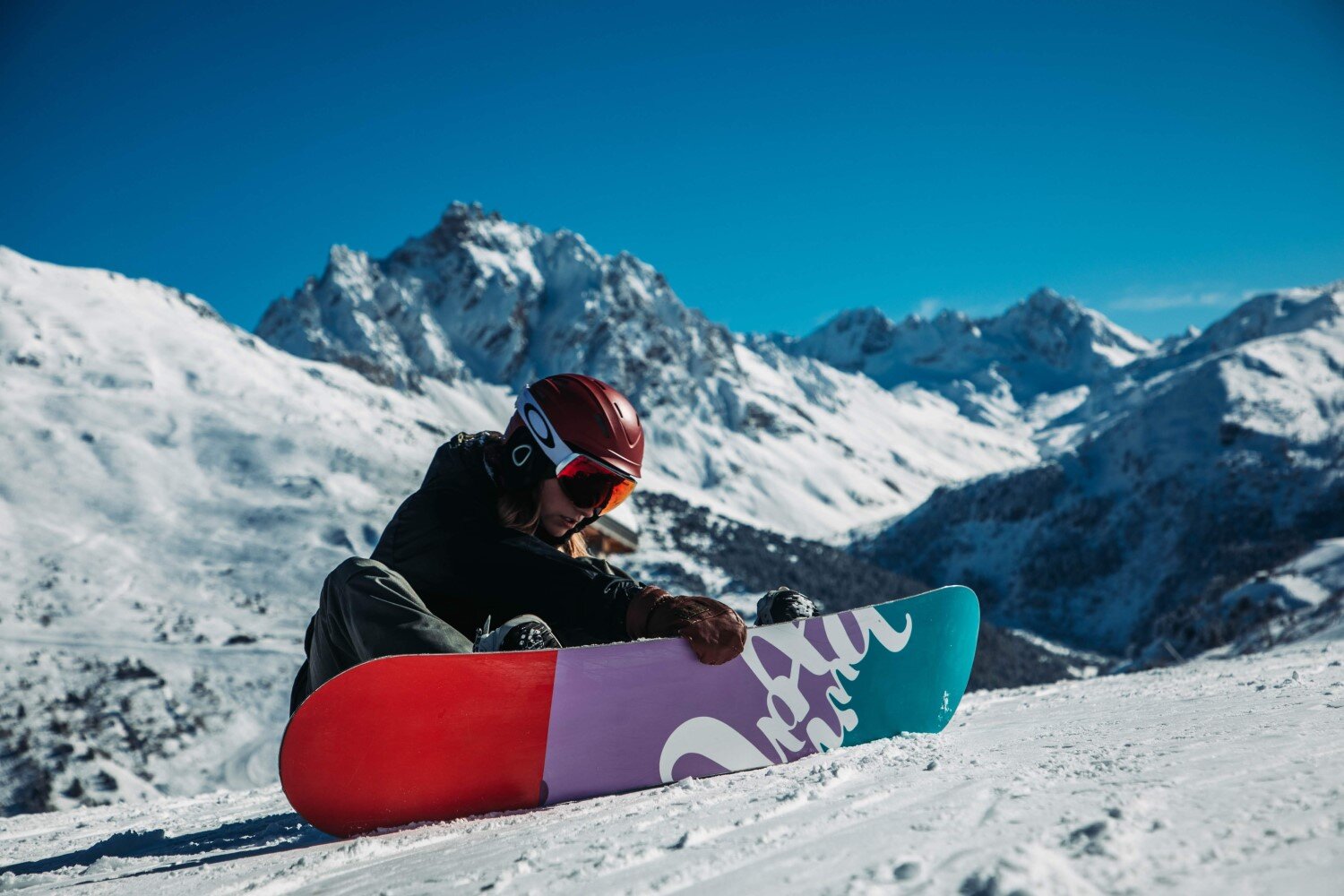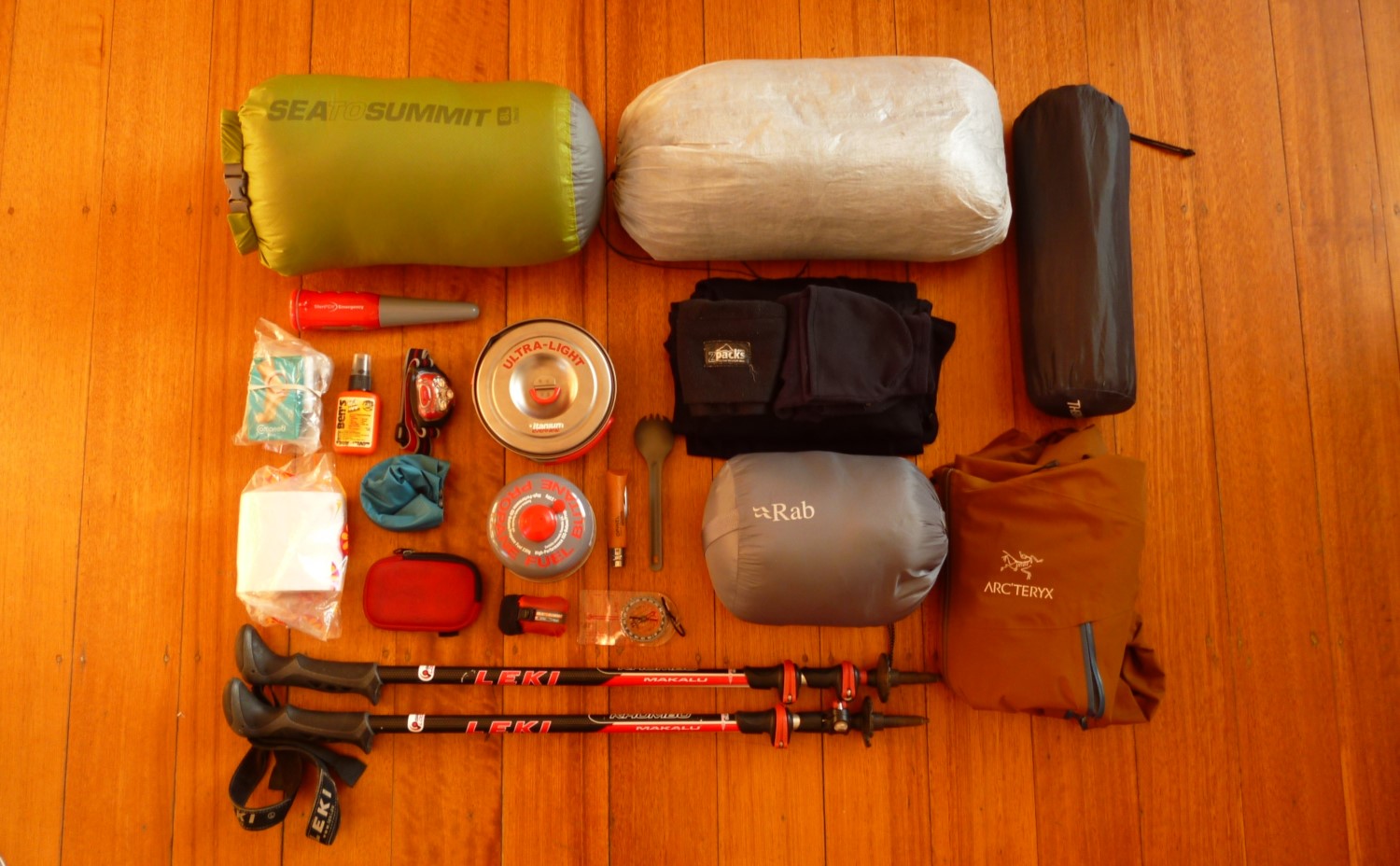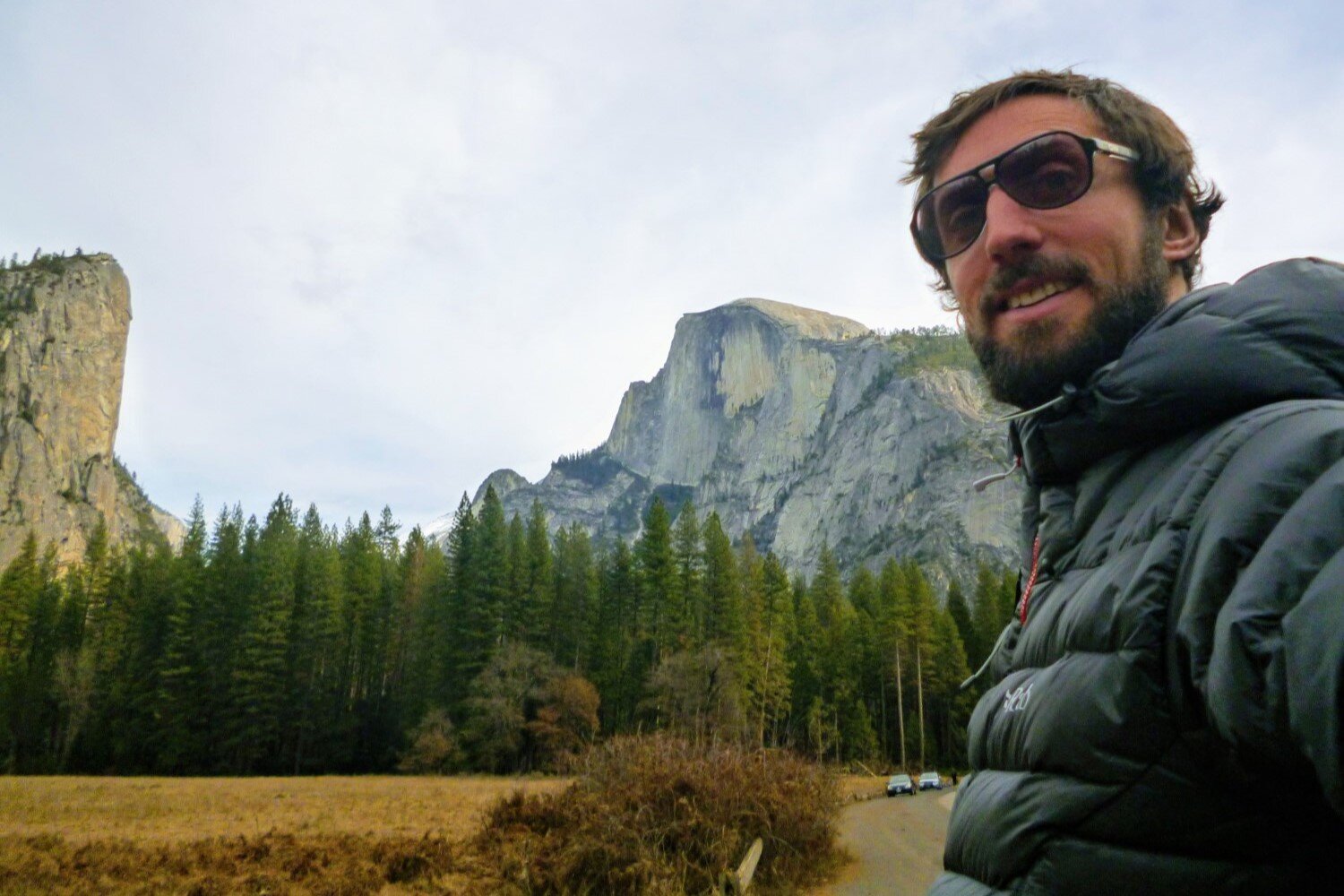Best Snowboard Bindings of 2023
JUMP TO: BURTON GENESIS EST / UNION STRATA / UNION ATLAS / FLUX XF / BURTON MALAVITA / FLOW NX2 FUSION / UNION FLITE PRO / BURTON ESCAPADE / BUYING ADVICE
Author: Rob Thijssen
The Short Version
Best All Mountain Binding: Burton Genesis EST
Runner Up All Mountain Binding: Union Strata
Best Freeride Binding: Union Atlas
Runner Up Freeride Binding: Flux XF
Best Freestyle Binding: Burton Malavita
Best Rear-Entry Binding: Flow NX2 Fusion
Best Beginner/Budget Binding: Union Flite Pro
Best Women’s Binding: Burton Escapade
The Long Version
So you have your boots and your board picked out. Now comes the challenge of finding a binding that matches your set. And we don’t mean color!
Snowboard bindings are a crucial part of your equipment, but their importance is often overlooked. They act as the connection between you and your board, transferring your movements to the board and causing it to react — if you want to have the best riding experience, it’s vital that you match the bindings to your board and style.
If you are a beginner or you’re into freestyle, then it’s best to go with a softer binding — meaning a softer highback and baseplate — these are more forgiving, as minor errors in technique are not immediately transferred into the edge.
More experienced and backcountry riders however, will want to choose stiffer bindings, often made with aluminum baseplates and/or carbon highbacks. These give you a lot more support and immediate energy transition when carving at high speed or on a tree run.
So, let’s hit that jump and dive straight into our review of the best snowboard bindings!
If you love reading this review, then you'll likely love reading some of our other gear review pages:
Need To Know What To Look Out For?
Not sure which binding will fit your board? … Never heard of a “highback”? … No idea what the difference between freestyle and freeride is?
Never fear! Check out our buying advice at the bottom of the article.
Best All Mountain Binding: BURTON GENESIS EST
FLEX: Stiff
ABILITY LEVEL: Intermediate-Advanced
PROS: Fully adjustable design to tweak it to your wishes. High-quality Double Take buckles for lightning-fast tightening.
CONS: Not compatible with other snowboard brands
Who doesn’t know Burton? They have been a high-roller in the snowboard scene for decades. They dominate the slopes and with good reason.
The Burton Genesis EST is a high-performance binding designed for the All-Mountain rider. Thanks to its gel cushioning, this binding absorbs impact better than many other models, perfect for when you want to go big in the park or backcountry.
The highback consists of three parts; the stiffer outer frame for support, the inner Heel Hammock that fits snugly around your boot and an internal spring system which adds to the overall suspension. Combined they provide you with a smooth ride while your board stays very responsive.
To top it all off the Burton Genesis EST comes with some top-notch straps. The wide ankle strap, despite its minimalist design, does an excellent job of preventing those uncomfortable hotspots, while the slightly harder nylon cross guarantees a close connection to your board.
Although loaded with cool features, it does have some downsides; being the EST version, it is only compatible with Burton “Channel” boards. We also found that the toe strap, despite the high-quality ratchets, comes undone quite often. Having said that, if you’re looking for an outstanding binding and don’t mind spending the money, the Burton Genesis EST is definitely your choice.
Runner Up All Mountain Binding: UNION STRATA
FLEX: Medium
ABILITY LEVEL: Intermediate-Advanced
PROS: The rubber foot bed gives a super smooth ride.
CONS: Forward lean is only adjustable using a screwdriver.
It was a close call but the Union Strata got in second just after our overall winner, the Burton Genesis EST.
This is mostly because it has less adjustment options on the highback and straps. Nevertheless, the Union Strata is an excellent lightweight binding made for All-Mountain riders, whether you like to slash some pow or hit some jumps in the park.
What we liked most about this binding was the baseplate. Although at first glance it doesn’t look very soft, you definitely feel its advantage when riding. It has plenty of rubber cushioning which dampens chatter, giving you a softer ride without losing response time. This makes the Strata ideal for high-speed carving.
The canted foot bed lets you to tweak your stance so it’s easier on the joints, adding to the overall comfort. The Channel-compatible mini disk allows you to take full advantage of the flex of your board, whatever brand you might prefer.
The minor downside is that the highback is less adjustable than most other bindings, so you will need to bring a tool up the mountain. Overall though, the Union Strata is a well-rounded All-Mountain binding that is slightly cheaper than the Burton Genesis EST.
Best Freeride Binding: UNION ATLAS
FLEX: Stiff
ABILITY LEVEL: Intermediate-Advanced
PROS: Grade 8.8 steel makes this one of the sturdiest bindings on the market today.
CONS: The screw in the foot bed. To adjust the gas pedal you unscrew a single screw which gets lost way too easily.
The fact that Union made it onto this list more than once says a lot. And we awarded the Union Atlas with our best freeride binding award for a few reasons.
Since last season the boys at Union completely redesigned the Atlas, giving it softer straps and a lot more dampness for an all-around better ride. The highback is still pretty soft for a freeride binding, especially compared to the Strata, but the responsiveness is amazing thanks to the stiff rubber baseplate. And this combo is exactly what makes this binding so unique.
The gas pedal and heelcup are fully adjustable, so probably any boot on the market will fit. Most adjustments can be made without the use of a tool, which is great if you want to switch boards with your buddies.
All in all, the Union Strata is an outstanding freeride binding with a fast turn-initiation and an overall smooth ride. Definitely worth the investment!
Feel super technical and have some extra pennies in the bank? Check out the stiffer (and more expensive) forged carbon version, the Union Atlas FC.
Runner Up Freeride Binding: FLUX XF
FLEX: Medium/Stiff
ABILITY LEVEL: Intermediate-Advanced
PROS: Binding really wraps around the whole boot for excellent support.
CONS: Almost no cushioning under the baseplate.
Despite being one of the less absorbing bindings in this review, the Flux XF performs really well as a freeride binding.
Although the lack of cushioning can be a deal-breaker for people with bad knees, it scores well in almost every other aspect. It cradles your boot extremely well. It almost feels like a good-ol’ bear hug! This provides great ankle support and lightning-fast edge-to-edge responses, making this binding not the best choice for beginners.
A fiber mixed nylon highback lets you carve effortlessly down the slopes or shred some fresh powder through the trees. It’s easily adjustable and despite it having the minimal padding there is no calf-bite or unwanted pressure points whatsoever.
The buckles on both straps perform really well and allow for a smooth exit and entry. The ladder tucks away neatly into the strap and the integrated bottle opener guarantees a successful end of your riding session!
Best Freestyle Binding: BURTON MALAVITA
FLEX: Medium
ABILITY LEVEL: Intermediate-Advanced
PROS: The binding flexes a little with your board, making your board feel softer.
CONS: The micro-adjustability in the stance width is limited.
The Burton Malavita is on the softer end of the spectrum thanks to the highback being of medium stiffness and the baseplate bending along with the board. This will give you great butterability and you can really use the full flex of the board. Great for popping high ollies!
The Highback Hammock grabs a firm hold of your boot so you will have a good feel of what’s going on beneath your feet. And the shock absorption is in one word: epic. It’s almost if you're floating down the slopes on a magic carpet! The React ankle strap has a very convenient hinge engineered into it, allowing you to enter and exit easily.
The ratchet system is fast and super strong thanks to the Double Take ladders which lets you crank it down tight. Even so, it’s difficult to overcrank, so you won’t hurt yourself so easily.
The Burton Malavita is your go-to binding if you’re looking for a binding that’s slightly softer and more playful, but can still confidently hit those deep carves.
Best Rear Entry Binding: FLOW NX2 FUSION
FLEX: Stiff
ABILITY LEVEL: Intermediate-Advanced
PROS: Quick entry and exit as always with Flow.
CONS: The ankle support is less due to the strap ending lower.
The main reason we were never huge fans of rear entry bindings was their weight and likeliness to develop pressure points, especially on top of your feet. No matter how much we adjusted the power straps, we couldn’t prevent painful feet.
But it looks like Flow has put a lot of effort into the design of their NX2 Fusion. The weight has been reduced significantly thanks to their aluminum alloy base, creating a very stiff binding for All-Mountain versatility.
Flow’s famous Set-it and Forget-it power strap makes those unwanted hotspots a thing of the past, although we felt it has less ankle support compared to standard strap bindings.
The NX2 Fusion’s highback has a great balance between stiffness and support while giving you plenty of lateral flex and freedom of movement, resulting in a highly responsive binding.
Overall, it's a binding that performs surprisingly well. This is an excellent choice if you’re looking for a high-performance binding with the comfort that only a Flow binding can offer.
Best Beginner/Budget Binding: UNION FLITE PRO
FLEX: Soft
ABILITY LEVEL: Beginner-Intermediate
PROS: Highly adjustable binding. Will fit any board and boot on the market.
CONS: No tool-less adjustment. You need to bring a tool up the mountain.
If you’re fairly new to snowboarding and finally deciding to buy your own gear — but on a budget — then this is the binding for you.
The Union Flite Pro is the most affordable option in this review but you’ll get all the features you need in a binding. It’s customizable to any boot thanks to the 3-way adjustable aluminum heelcup, which gives you direct energy transfer when switching edges.
The softer baseplate gives you a surfy feel and is more forgiving when it comes to making mistakes, which makes this binding ideal for beginners or riders that are looking for high butterability.
The symmetrical, minimal style highback, which was designed by snowboarding godfather Gigi Rüf, allows plenty of lateral freedom while still providing with ample support.
The Union Flite Pro is an excellent choice as a beginner binding, freestyle binding or lightweight powder board binding. Especially when you consider its price!
Best Women’s Binding: BURTON ESCAPADE
FLEX: Medium
ABILITY LEVEL: Advanced-Expert
PROS: Full foot bed cushioning gives you a delightful airy riding experience.
CONS: It’s not very responsive, but this makes it more forgiving.
Although most bindings are sold as unisex, a women-specific setup can provide benefits in fit and performance by catering to the female body shape and riding style.
The Burton Escapade is our top pick for a women-specific binding — a medium flex, all mountain binding for the hard-charging female, it is perfect for cruising or when you want to slash some powder.
The nylon composite baseplate has a canted, full-bed cushioning for phenomenal shock absorption and comfort, all day long. This, together with the Kickback Hammock in the highback, adds to your overall boot support and gives you an amazing surfy feel, even when riding through choppy terrain.
The straps are a little stiffer than most other manufacturers, but this isn’t a bad thing. It’s just something to get used to. The buckles are great. Burton’s Double Take ratchet system ensures your strap stays tight while at the same time there’s less wear on the teeth since it engages on both sides of the ladder.
Although it’s not the most affordable binding out there, you’ll definitely get a product that will have you enjoying the mountain for years to come.
BUYING ADVICE FOR SNOWBOARD BINDINGS
Riding Style
First, you need to determine what kind of riding you prefer. Snowboard bindings are broken down into three main categories: all-mountain, freeride, and freestyle.
ALL-MOUNTAIN: All-mountain bindings are for riders that need a single binding that can handle a variety of conditions and terrain. They typically have a medium flex range which make them a good all-round binding.
FREERIDE: Freeride bindings are designed to give a high level of support and fast response, exactly what intermediate to advanced level riders want. They usually have a medium to stiff flex rating. Great for aggressive riders that like to venture into technical terrain.
FREESTYLE: Freestylers prefer bindings that have more mobility and range of motion. They normally have a soft to medium flex rating which is a must for hitting rails, jumps and pipes.
Types of Bindings
Roughly, there are two different types of bindings: strap and rear-entry.
STRAP BINDINGS: Strap bindings are by far the most popular and feature a highback with two straps, one over the toe and one over your ankle. The straps play a critical role in tightening your boots into the binding, with the ankle strap being the most important. The wider the strap, the better it does its job in preventing pressure points, also called hotspots.
REAR-ENTRY BINDINGS: Rear-entry bindings have to be closed on your heel by pulling up a lever with a cable attached to the highback.
Flex Rating
The flex rating is an indication made by the manufacturer of the stiffness of the binding. It’s based on a 1 to 10 scale, where 1 is the softest and 10 the stiffest.
SOFT BINDINGS: Soft bindings are great for park (i.e. freestyle) or beginners, as they have more freedom of movement and are therefore more forgiving. By “soft” we mean a softer and more flexible highback and baseplate. With the additional flexibility, minor errors in technique are not immediately transferred onto the edge of your board.
STIFF BINDINGS: More experienced riders, especially those riding outside of the park (e.g. backcountry), often choose a stiffer binding. This gives them superior support and response. In particular, the stiffness allows for responsive control at high speeds.
Binding-Board Compatibility
Once you’ve picked your binding, it’s important to make sure the binding is compatible with the board you plan on using. Nowadays, most bindings will fit on just about any board, but make sure to double-check.
The four main mounting system on today’s market are; 2x4, 4x4, then Burton's own Channel system and 3D system.
Binding Sizes
Every binding comes in different sizes, most often Small, Medium and Large.
A binding that is too big will result in loss of response and board control. Too small, and it will result in inadequate fit and support, so make sure your boot fits snugly in the binding.
MORE INFORMATION
If you loved this gear review article, then you'll likely love reading our other gear-fiend related articles:






















